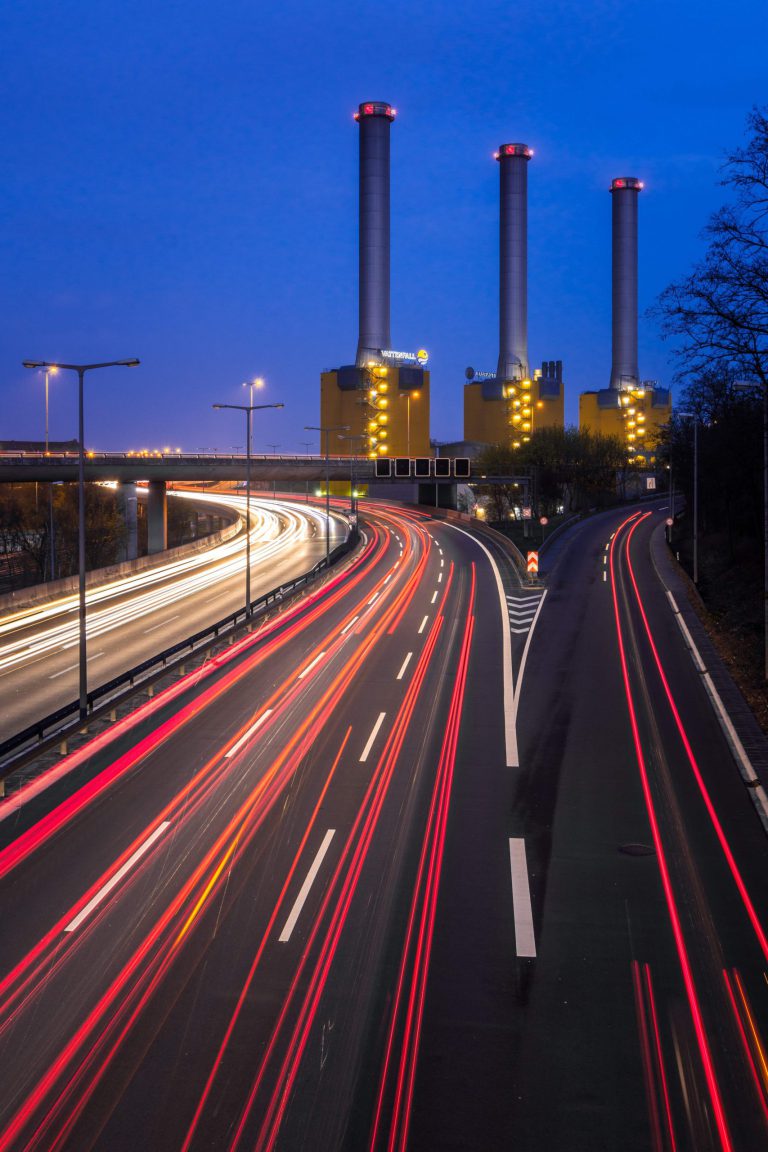Asia, as first defined in ancient Greece by Herodotus, is a European concept that refers to “Not Europe” rather than to a geographic area with a homogeneous culture. Indeed, Asia – the largest continent and a multicultural melting pot – contains 49 countries, covering 44.6 million km2 or 8.8% of the Earth’s surface area or about 30% of its land area. In fact, there are essentially four Asias: Islamic Western Asia, Southern (India), East (China – the largest part), and Southeast Asia (crossroads of all three: Islamic, Indian, Chinese).
Until the 19th century, Asia was the center of global economic power. The Silk Road was a means to exchange goods and ideas with other countries in the east and with Europe. Europe’s rise during the industrial revolution in the 19th century started the Age of Imperialism and the relative demise of Asia – by 1949 Asia’s share of world GDP was less than 20%, compared with 60% in 1839; China declined from 33% of world GDP to less than 4% over the same period. In the 21st century, however, Asia, led by China, is re-emerging as economic and political power shift from west to east.
Against this backdrop, global executives must continuously scan the horizon for changes in their operating environments. The Discovery Event highlighted some of the issues they need to have on their radar screens to better navigate in the “new global disorder.”
The rise of the massive urban middle class
One challenge global executives need to keep on their radar is the impact of the rise of the massive urban middle class. Chandran Nair, speaking via videolink, offered provocative views on the impact of Asia adopting the Western business model that promotes consumption and underprices resources. The effect on the planet would be catastrophic. Asia’s population is projected to reach 5 to 6 billion by 2050, yet if its companies and consumers continue to believe that growing by consumption is the path out of poverty, this would require many more resources than are available worldwide. It is simply unsustainable. Recently the Intergovernmental Climate Change Partnership (ICCP) released reports showing that climate changes are worse than predicted, and Asia is suffering from floods, fires and droughts.
Reshaping global markets: The impact on Africa, Latin America and MENA
The current multilateral trading system was designed by trading partners that understood one another (Canada, EU, Japan and the United States). It worked as long as the Western model dominated. However, with Asia’s reemergence it is beginning to fall apart and achieving consensus is proving almost impossible, as evidenced by the lack of progress in the Doha Round. Alternatives to remove barriers to trade have been mooted, such as the two “mega-regionals”: the Trans-Pacific Partnership (TPP), between 12 Pacific Rim countries, and the Transatlantic Trade and Investment Partnership (TTIP) currently being negotiated between the European Union and the US. The global trading system, however, represents a flagrant illustration of the new global “disorder.”
The changes in the global economy mean that the hub-and-spoke model, in which most trade originated from the OECD countries towards the rest of the world, no longer applies. Now, in addition to traditional trade patterns, there is significant south-south trade, which accounts for more than 25% of global trade today.
China is a leader in this new order. There are 35 countries whose exports are more than 15% reliant on China. Trade between China and the African continent has increased more than six-fold in the past decade, reaching US$120 billion in 2011.
China’s importance as a trading partner to Latin America has also increased significantly. The China Development Bank provides more money to Central and South America than the InterAmerican Development Bank (IADB) and the World Bank combined. However, Professor Braga pointed out that trade relations are asymmetric. For example, China is Brazil’s number one trading partner and a sought after investor. Whereas for China, Brazil is a source of natural resources, a minor source of foreign direct investment and a minor, albeit growing, source of imports.
Challenges and prospects of Asia innovation
A related subject global executives must have at the top of their minds is innovation in Asia. Professor Yu highlighted Chinese companies’ increasing participation in the global economy using the case of Chinese car company Dongfeng. In February Dongfeng and the French government had each agreed to infuse $1.1 billion cash into the ailing car company Peugeot. The new structure would give the Peugeot family, the French government and Dongfeng equal ownership at 14% each. How couldDongfeng, considered an inferior car maker by many, inject so much cash into Peugeot?
Dongfeng had easy access to cheap capital through the Chinese government or its banks. It had lower labor costs and could take advantage of its strong, growing local market. Finally, as a former state-owned enterprise, its relationships with government officials played a role, since unlike Western companies it was not held accountable for quarterly performance.
China is not the first country whose companies that have grown through a process of first learning through local markets, growing regionally, expanding internationally and then dominating globally. Toyota did the same thing in the United States.
The Chinese battery company BYD began by supplying batteries for mobile phones. It progressively moved to electric scooters, electric buses – 24 of them exported to Los Angeles – electric cars and sports cars. Time will tell if it is successful. However, one positive indicator is that Warren Buffet still has the 10% stake he bought in 2008.
To climb up the value chain, China needs to innovate and move from low- tohigh-earning jobs. It is a dynamic market in need of talent. Dr. Laperrouza shared the story of a Swiss engineering company wanting to set up an R&D center in China. Currently 700,000 engineers graduate annually from Chinese universities, of whom only 10,000 are highly qualified. The R&D director went on a two-month recruitment road show. He received 600 CVs, made offers to three candidates, and ended up hiring one engineer – who left the company after three months. China is not alone in its need for talent. Professor Dhanaraj emphasized that all Asian countries needed to train people to solve unstructured problems.
However, China is investing heavily in education and R&D. Like Germany, China invests close to 2% of its GDP in R&D. China has innovation clusters that are supported by both the provinces and central governments. Dr. Laperrouza showed how China’s innovation evolved. Until 2000, China “innovated” through copying. This was its well-documented brand copying phase. One extreme example was its “Apple Store” – even when Apple was not yet in China. The model was copied so well that even employees believed they were employed by the Cupertino firm!
At the turn of the millennium some companies started to come up with local innovations – essentially improving on existing products or services – while others engaged in cost innovation (reducing price while offering the same functionalities). In the past five years, the most innovative companies have excelled at business model innovation. The business model of Tencent – China’s largest internet service provider – is to charge for value-added services, unlike its Western counterparts such as Google, Facebook and Twitter which built a user base and are now trying to monetize it through advertising!
Western companies can also learn much from the last phase and from the shanzhai mobile phone industry. The ecosystem allows firms to bring a mobile phone to market in just 37 days by following very simple rules: Innovate the production process for speed and small cost savings, share as much information across the value chain as possible, run small batches to test the market, and don’t make it until you have a buyer. .
Resources in Asia
No matter where in the world they are located, global executives must keep resources – over which most conflicts have been fought – on their radar. Professor Chakravartti and Dr. Ninkovic described how the four critical resources of the 21st century – energy, water, food and the environment – are linked to national security.
The supply of these resources is falling at the same time as there is increasing demand. Professor Chakravartti observed that countries need the 3As + S:
• Availability of resources: Are the resources in the right place?
• Accessibility: Even if a country or the world has enough of a resource, is it reachable?
• Affordability: Can people afford it?
• Sustainable: Is it sustainable?
The world is more than 85% dependent upon fossil or non-renewable resources. Most of the energy supply is in geopolitical sensitive areas. By 2030, more than half of the energy demand is predicted to come from China and India.
Transporting oil and gas from the Middle East to meet Asia’s rising energy needs highlights the link to security. All ships have to pass through three major choke-points. These routes explain some of the increased tension in the area already. China is not worried about borders so much as it is concerned about keeping these vital shipping routes free, hence its interest in islands and establishing links with, or indeed control of, ports. It is also working to improve its relations with Myanmar, through which it wants to build a pipeline to decrease its dependence on shipping.
China has built more dams in the last 50 years than all other countries combined. It is currently building 60 more. When its Three Gorges Dam, the world’s largest, starts working at full capacity, it will tilt the Earth a few millimeters. This project displaced approximately 1.3 million people and submerged about 100 towns. The implications for downstream countries are real. Environmental changes and pollution have caused vital rice fields to dry up.
Access to energy and water helps a country feed its population. More so than ever, supply of all three must be met sustainably.
We will not be bored!
We live in chaotic times. Asia faces both demographic and resource pressures that will influence how its main players act in order to secure their economic prosperity. There has never been a green industrial revolution, so these newly industrializing countries face huge challenges without the benefit of a guidebook.
Furthermore, historically there has never been a shift in power without conflict. When the global pie is expanded there must be difficulties, for example issues with the lack of institutional frameworks on food, energy, security and the environment. On the positive side, Asia is creating new business models and trying to address these issues.

